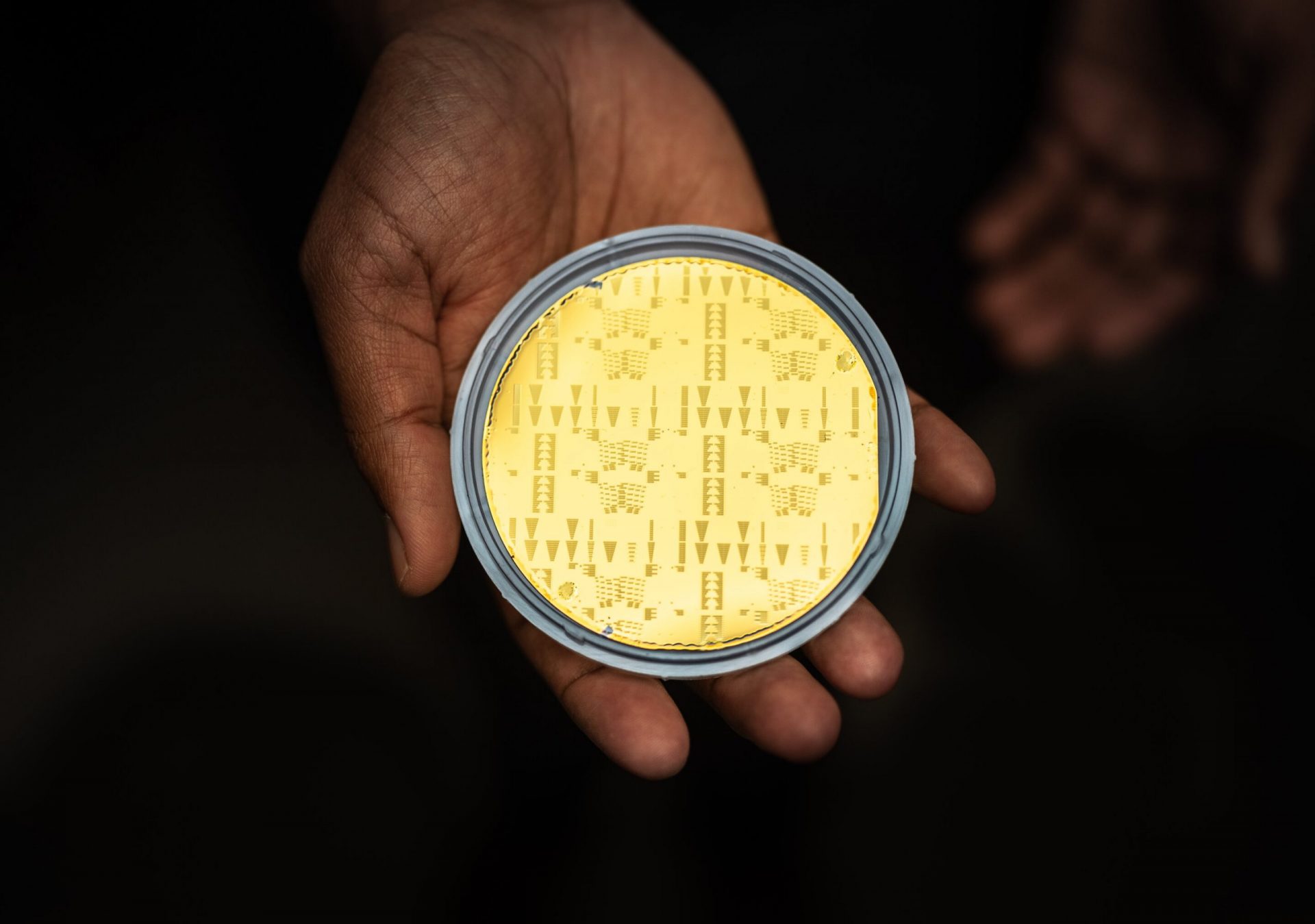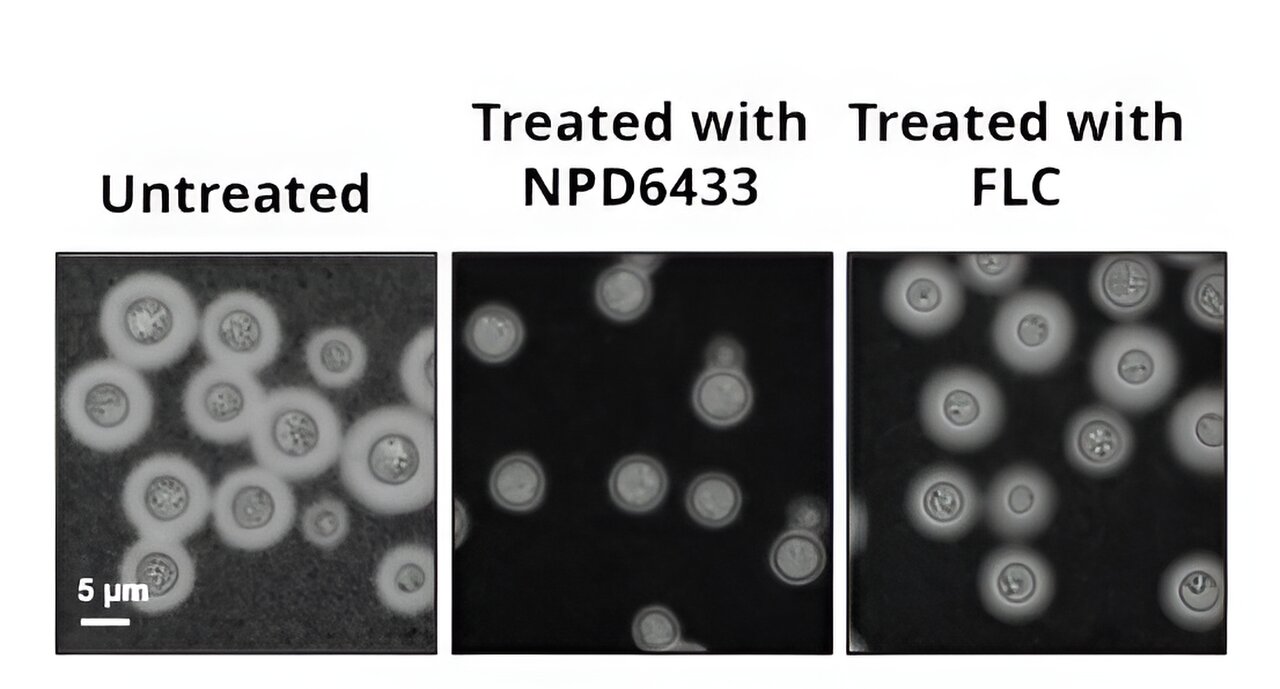The laser is so small you need a microscope to see it properly. But it’s not just the size that has scientists at Sandia National Laboratories excited.
The buzz is that this laser can revolutionize various industries. It can make self-driving cars safer, data centers more efficient, biochemical sensors more portable, and defense technologies more versatile.
Sandia National Laboratories has recently been granted a patent for their groundbreaking method of integrating different materials onto silicon, the same material used to make microchips. This breakthrough allows them to build high-bandwidth, high-speed optical devices that are crucial for powerful optical systems.
Building a laser on silicon is a challenging feat, but Sandia has expanded the possibilities. For the first time, these devices can work together on optical microchips, also known as photonic integrated circuits. This advancement not only pushes the boundaries of semiconductor technology but also reduces dependency on foreign manufacturing capabilities.
“This allows the U.S. to lead and have less dependency on foreign manufacturing capabilities,” said Patrick Chu, co-leader of the National Security Photonics Center at Sandia.
Integration with silicon: a key step toward future production
Silicon is an excellent material for computer chips, but it’s not ideal for making lasers. Sandia research scientist Ashok Kodigala faced the challenge of integrating optical components made from various materials onto a silicon microchip. Through a complex process called heterogeneous integration, he successfully fused these materials to silicon, creating hybrid silicon devices such as lasers, amplifiers, and modulators.
The Sandia team’s breakthrough has caught the attention of the semiconductor industry. By using similar tools found in commercial semiconductor plants, they have demonstrated the scalability of their photonic platform. This technology can now be transferred to U.S. companies for larger-scale production, benefiting both commercial and government applications.
Photonic semiconductors support CHIPS and Science Act
In 2022, President Biden signed the CHIPS and Science Act, providing a significant boost to the semiconductor industry. This legislation not only aims to increase computer chip production but also directs funding towards photonic semiconductors. Sandia’s investment in optical microchips aligns with this mission, as they transmit more information than conventional ones. With their scalable process, Sandia is ready to collaborate with industry and other institutions to build new technologies and support the CHIPS Act’s goals.








